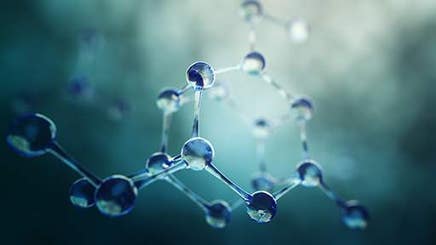
Rapid assessment of cell count and intactness before and after bead mill homogenization of neuroprogenitor cells using a cell counter

The success of any cell-based assay relies on the fact that proper cell sample preparation was included in the experimental planning. Specifically, downstream molecular analysis of intracellular analytes such as DNA/RNA, soluble proteins, and small molecules depends on an effective and thorough cellular lysis procedure. Traditional cellular lysis methods can be time-consuming and reliant on reagents such as enzymes or detergents to facilitate lysis Therefore, these methods may require additional care to ensure biologically-relevant detection of both genomic and protein expression profiles. In contrast, bead mill homogenization employs mechanical lysis, which could also provide additional time-savings compared to most standard enzymatic lysis methods. In this application note, sample homogenization and cell disruption were performed on neuroprogenitor cells using the Omni Bead Ruptor Elite™ bead mill homogenizer. Cell count and viability before and after sample homogenization was assessed using AO/PI dual-staining read on the Cellometer® K2 fluorescent cell counter.
For research use only. Not for use in diagnostic procedures.
To view the full content please answer a few questions
Download Resource
Rapid assessment of cell count and intactness before and after bead mill homogenization of neuroprogenitor cells using a cell counter




























